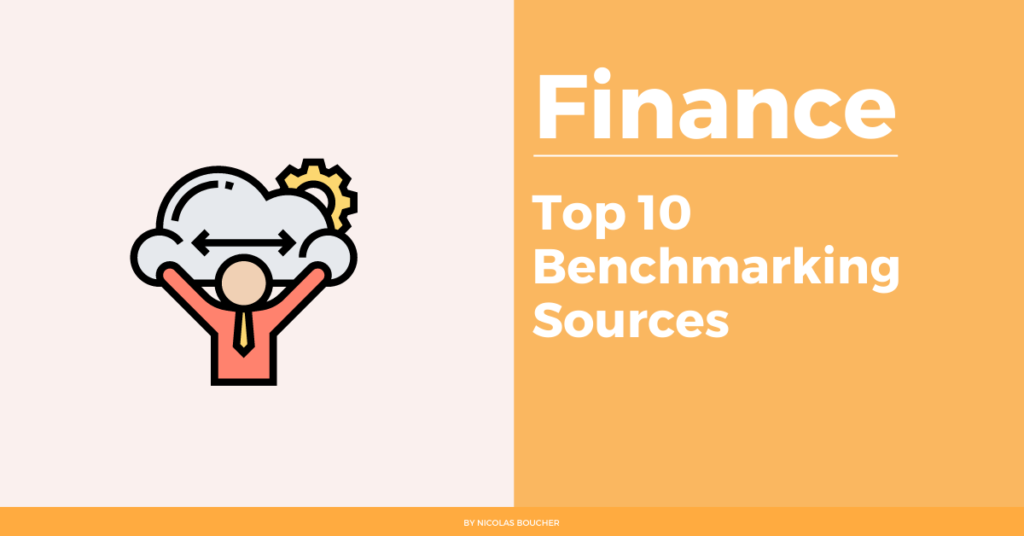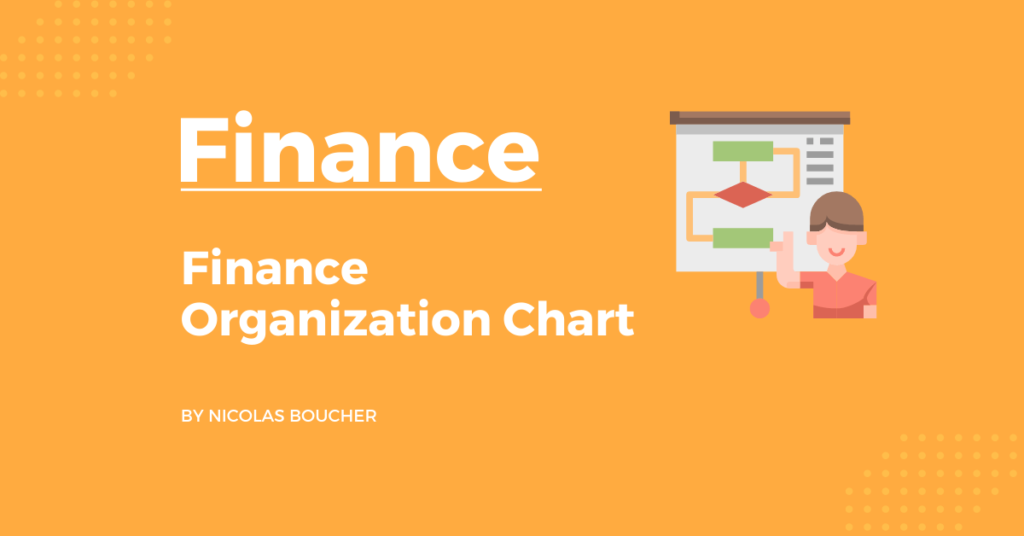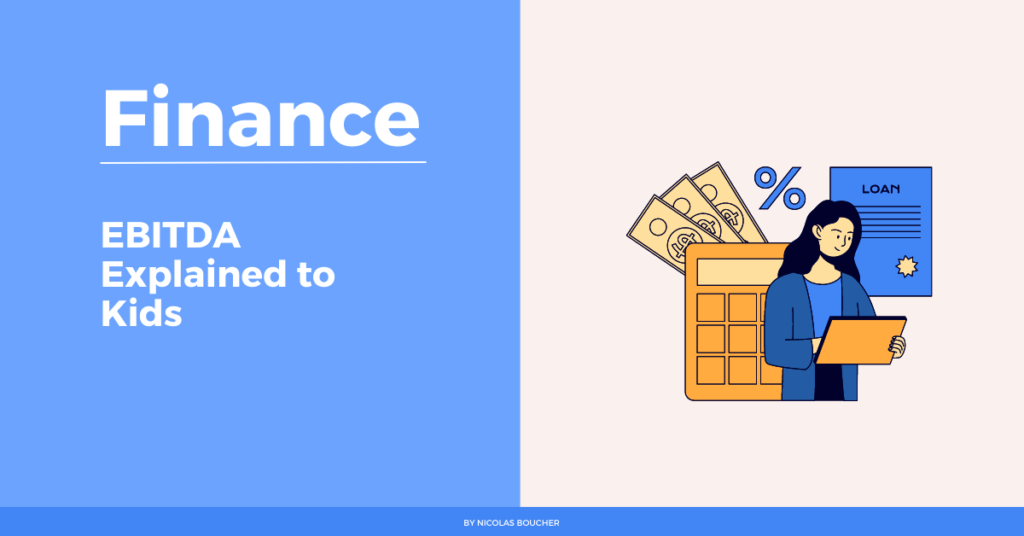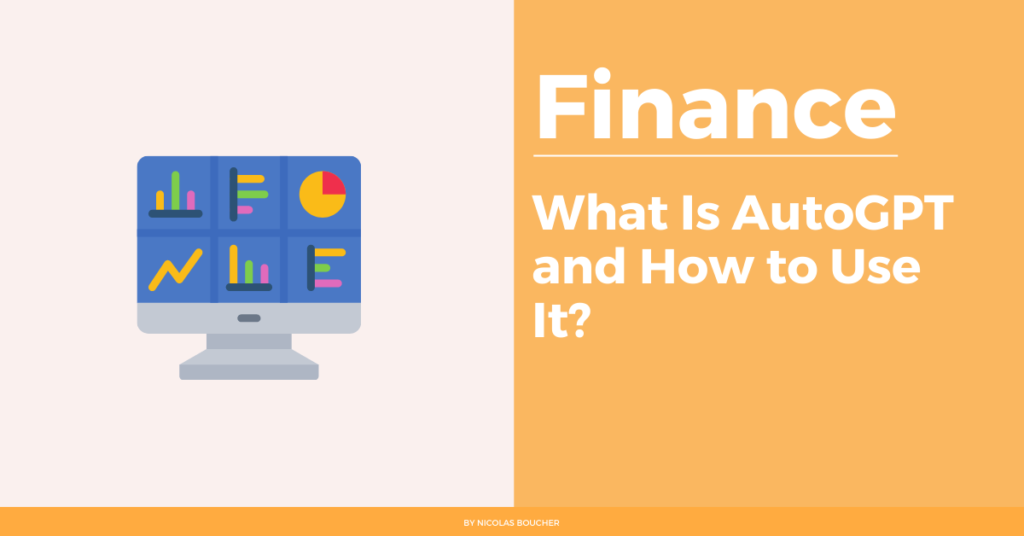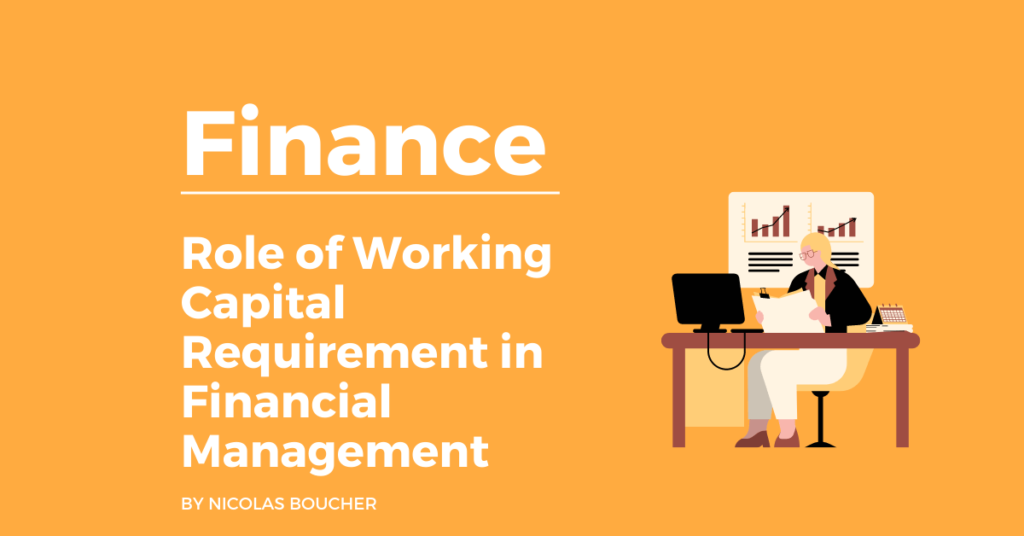In today’s fast-paced digital landscape, businesses constantly seek innovative solutions to enhance their operations and stay ahead of the competition. One such solution that has gained significant attention is ChatGPT for consulting.
Powered by artificial intelligence, ChatGPT revolutionizes the way consultants interact with clients, offering a multitude of benefits and transforming the consulting industry.
Toda, we will explore the importance of leveraging ChatGPT for consulting and highlights its key advantages.
How Did I Become A ChatGPT Master?
Everybody talks about ChatGPT. But nobody tells you how to use it or provides you with ChatGPT use cases for Finance.
Throughout my career, I have always used technology as a lever to deliver more valuable work in an efficient way. Therefore, this approach has helped me get promoted faster than my peers.
In the recent period, I took it upon myself to master ChatGPT, combining my 14+ years of experience in Finance with this powerful AI tool.
The goal was to explore its application in accounting, financial analysis, business partnering, and productivity. The results were astounding, and I discovered a plethora of possibilities.
Starting out, I noticed that many people were intrigued by ChatGPT but had no idea where to begin or how to leverage its capabilities.
This realization prompted me to share my knowledge and experiences, particularly within the realm of Finance.
However, my aim is to empower Finance professionals to become proficient in using ChatGPT, just as they are with Excel.
How Can You Use ChatGPT for Consulting?
Here are some of the ways you can utilize ChatGPT for consulting.
Enhanced Efficiency and Productivity
One of the primary advantages of using ChatGPT for consulting, particularly in Finance, is the significant boost in efficiency and productivity.
As a result, with its ability to automate routine tasks and provide instant responses, ChatGPT streamlines the consulting process.
Consultants can handle multiple client inquiries simultaneously, eliminating the need for time-consuming back-and-forth interactions.
This newfound efficiency allows consultants to focus on more critical aspects of their work, such as analysis, strategy development, and problem-solving.
24/7 Availability and Global Reach
ChatGPT operates round the clock, ensuring 24/7 availability to clients worldwide.
This global reach empowers consultants in Finance to cater to a diverse range of clients, regardless of their time zones.
Furthermore, ChatGPT enables consultants to serve clients remotely, eliminating the need for physical meetings or travel.
The accessibility and flexibility provided by ChatGPT allow Finance professionals to expand their reach effortlessly and tap into new markets.
Customized and Personalized Solutions
ChatGPT’s AI capabilities enable consultants to deliver tailored and personalized solutions to their clients in Finance.
By analyzing vast amounts of data and leveraging machine learning, ChatGPT understands the unique needs and preferences of clients.
Consultants can harness this technology to provide highly relevant and customized recommendations, strategies, and insights.
This level of personalization fosters stronger client relationships and improves overall satisfaction.
Knowledge Management and Expertise Sharing
ChatGPT serves as a repository of knowledge and expertise, benefiting both consultants and clients in Finance.
It captures and organizes vast amounts of data, including best practices, case studies, industry trends, and regulatory information.
Consultants can leverage this extensive knowledge base to access valuable insights and tap into collective expertise.
Additionally, ChatGPT facilitates knowledge sharing within consulting firms. Which enables finance professionals to learn from each other and strengthen their collective expertise.
Scalability and Cost Efficiency
ChatGPT offers scalability advantages to consulting firms in Finance.
As the client base expands, firms can easily handle a higher volume of inquiries without a proportional increase in human resources.
ChatGPT’s ability to handle multiple conversations simultaneously ensures efficient scalability without compromising quality.
Moreover, utilizing ChatGPT reduces costs associated with hiring and training additional consultants, resulting in significant cost savings for both consulting firms and clients.
Research Work
ChatGPT can aid in conducting research for training programs.
By leveraging its capabilities to gather information, study the relevant literature, and explore existing data, ChatGPT helps trainers gain deeper insights into the subject matter.
This research work enables trainers to identify best practices, current trends, and potential challenges, which in turn allows for the development of well-informed and up-to-date training content.
Drafting Deliberates
With the support of ChatGPT, trainers can efficiently draft training materials such as guides, handouts, and presentations.
By collaborating with ChatGPT, trainers can structure their ideas, ensure clarity and coherence, and refine the content.
This collaborative process allows for reviewing, revising, and improving the initial drafts, leading to well-crafted and comprehensive training materials.
Preparing Training (Training Outline, Agenda, Ice-Breakers, Communication)
ChatGPT can assist in developing training outlines, agendas, ice-breaker activities, and communication strategies.
Trainers can work alongside ChatGPT to create a training outline that outlines the topics to be covered, learning objectives, and the logical sequence of activities.
Furthermore, ChatGPT can provide valuable input in designing engaging ice-breaker activities that promote participant interaction and establish a positive learning atmosphere.
Additionally, ChatGPT can contribute to devising effective communication strategies, ensuring clear and concise information dissemination, as well as facilitating participant engagement and feedback throughout the training program
How Can You Master ChatGPT?
To master ChatGPT effectively, Finance professionals should consider the following steps:
- Understand the technology: Familiarize yourself with how ChatGPT works, its capabilities, and its limitations. This understanding will help you identify suitable use cases in Finance.
- Identify relevant use cases: Explore various areas in Finance where ChatGPT can add value, such as financial analysis, forecasting, risk assessment, and regulatory compliance.
- Data preparation: Ensure that the data provided to ChatGPT is accurate, relevant, and representative of the problem you want to solve. Clean and organize the data to optimize the AI model’s performance.
- Continuous learning: Embrace a learning mindset and continuously explore new ways to improve your understanding of ChatGPT and its applications in Finance. Stay updated with the latest developments and advancements in the field.
- Collaborate and share knowledge: Engage with other professionals in Finance who are also leveraging ChatGPT. Share experiences, insights, and best practices to collectively enhance the adoption and utilization of this technology.
Final Words – ChatGPT and the AI Tools Are The New Reality!
ChatGPT offers immense value and potential for Finance consulting.
Furthermore, its ability to enhance efficiency, deliver personalized solutions, facilitate knowledge management, and drive scalability and cost efficiency makes it an indispensable tool for modern-day consultants.
By embracing ChatGPT and mastering its application in Finance, professionals can elevate their services, achieve better client outcomes, and position themselves as leaders in the digital consulting landscape.
If you are a manager, ChatGPT can help you make your team more productive.
If you want to train your team on how to use ChatGPT in a business context, I can help you.
I have launched the first and only ChatGPT training for business. I have still some slots for the next 4 weeks but they are going fast. Check this page if you want to bring your team in a position to leverage AI for their work.
Key Takeaways
- ChatGPT for consulting streamlines operations, leading to improved efficiency and productivity.
- The 24/7 availability of ChatGPT enables consultants to serve clients globally, irrespective of time zones.
- Customized solutions generated by ChatGPT enhance client satisfaction and foster stronger relationships.
- ChatGPT facilitates knowledge management and expertise sharing within consulting firms.
- Scalability and cost efficiency are major advantages of integrating ChatGPT into consulting practices.




